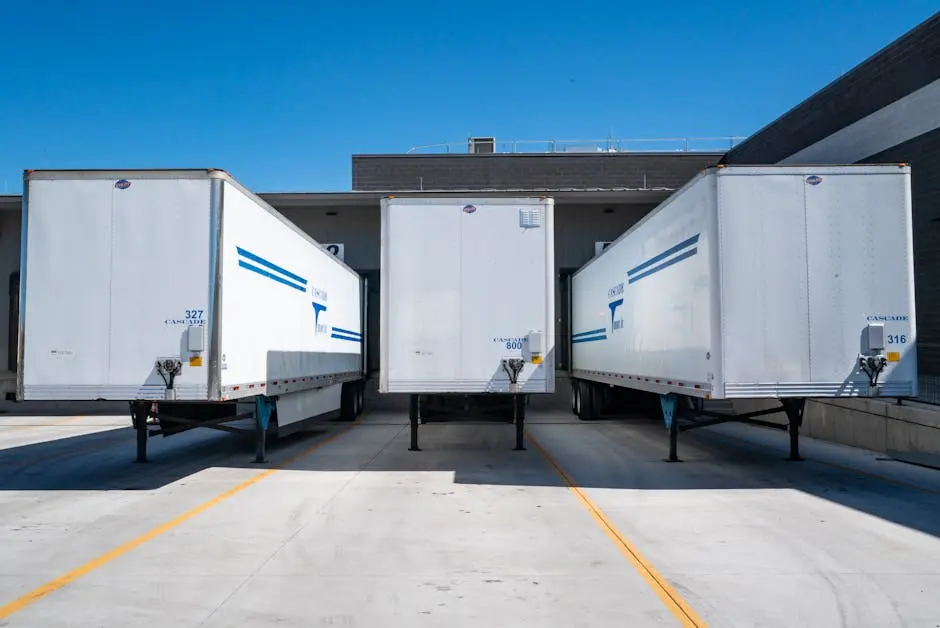How Does Wine Transport Work in Rhode Island?
Understanding how wine transport operates in Rhode Island can be quite intriguing. Whether you’re a vine enthusiast, a local business owner, or simply curious about this aspect of the wine industry, this FAQ will guide you through the main points of wine transport in the Ocean State.
Understanding Wine Transport Regulations
Learn about the legal frameworks governing wine transport in Rhode Island, including licensing requirements and state laws.
In Rhode Island, wine transport is guided by specific regulations that ensure safety and compliance. The state requires that any company engaged in the shipping or transportation of wine must be properly licensed. This means understanding both local and federal laws, which can sometimes differ. For instance, the Rhode Island Division of Alcoholic Beverage Control mandates permits for those conducting deliveries, so it’s essential to stay informed on the latest requirements.
Additionally, these regulations often include stipulations about age verification. Carriers must ensure that recipients are of legal drinking age, which adds another layer to the transport process. Being aware of these laws not only protects consumers but also supports the integrity of the wine industry throughout the state.
Types of Wine Transport Options
Explore different methods of wine transport available, from direct shipping to local deliveries and transportation services.
When it comes to wine transport in Rhode Island, there are a variety of options to choose from. One popular method is direct shipping, which allows consumers to receive wines straight from vineyards or retailers. This method is particularly beneficial for those who wish to enjoy specialty wines that may not be available in local shops.
Local delivery services have also found their niche. Many businesses provide delivery within Rhode Island, catering to customers who prefer the convenience of having their favorite bottles brought right to their door. This not only enhances the customer experience but also helps support local businesses.
For larger quantities or commercial needs, third-party transportation services can be an efficient option. These carriers specialize in ensuring that wines are handled with care and transported in optimal conditions to maintain their quality. Understanding the benefits and limitations of each transport method can help you make informed decisions.
Choosing the Right Carrier for Wine
Identify what to look for in a wine transport carrier, including temperature control, reliability, and reputation.
Selecting the right carrier for wine transport is crucial to ensuring your bottles arrive safely. One of the first considerations should be temperature control. Wines are particularly sensitive to temperature changes, so a reliable service should offer climate-controlled transport to safeguard the integrity of your beloved vintages.
Reliability cannot be overlooked either. Researching customer reviews and reputation can provide valuable insights into a carrier’s performance. You want a service that is punctual and treats your wine with the respect it deserves. After all, your selection may take years to mature, and you want it to arrive in perfect condition.
Additionally, consider whether your chosen carrier provides tracking options. This feature helps keep you updated on your shipment’s progress and provides peace of mind. Ultimately, the right carrier will elevate your wine transport experience, ensuring that you can savor your selections without any hiccups.
Pricing and Costs of Wine Transport
Review expected costs associated with wine transport, including shipping fees, insurance, and other potential expenses.
Understanding the costs associated with wine transport can help you make informed decisions. Generally, shipping fees vary based on the distance, carrier, and the amount of wine being transported. It’s worth shopping around and comparing quotes from different carriers to find the best deal that meets your needs.
Don’t forget about insurance. Many carriers offer insurance options to protect your wine against loss or damage during transport. This may add to your overall costs, but considering how precious some wines can be, it’s an investment worth making.
In addition to shipping fees and insurance, there may be other potential expenses. For example, some carriers charge extra for climate-controlled transport or for deliveries to remote areas. Being aware of all possible costs will allow you to budget effectively and avoid any unwelcome surprises.
Best Practices for Wine Packaging
Find out how to properly package wine for transport to ensure it arrives safely and in perfect condition.
Proper packaging is key to successful wine transport. Start with sturdy packaging materials, such as wine-specific boxes that can absorb shock. These boxes often come with compartments to prevent bottles from bumping into each other during transit.
You also want to ensure that each bottle is securely wrapped. Bubble wrap works wonders for cushioning, while tape should be used generously to keep the wrapping in place. Don’t forget to seal the box tightly to prevent any breakage.
Lastly, labeling plays an important role. Clearly mark the package as ‘Fragile’ and secure all necessary shipping labels. Additionally, consider including a ‘This Side Up’ label to inform handlers of the correct orientation. Following these best practices will maximize the chances of your wine arriving safely and ready to be enjoyed.
Final Thoughts on Wine Transport in Rhode Island
By following these guidelines, you can navigate the complexities of wine transport in Rhode Island with ease. Remember, staying informed is key to enjoying this delightful journey of wine, from vineyard to your glass.




Leave a Reply
Want to join the discussion?Feel free to contribute!